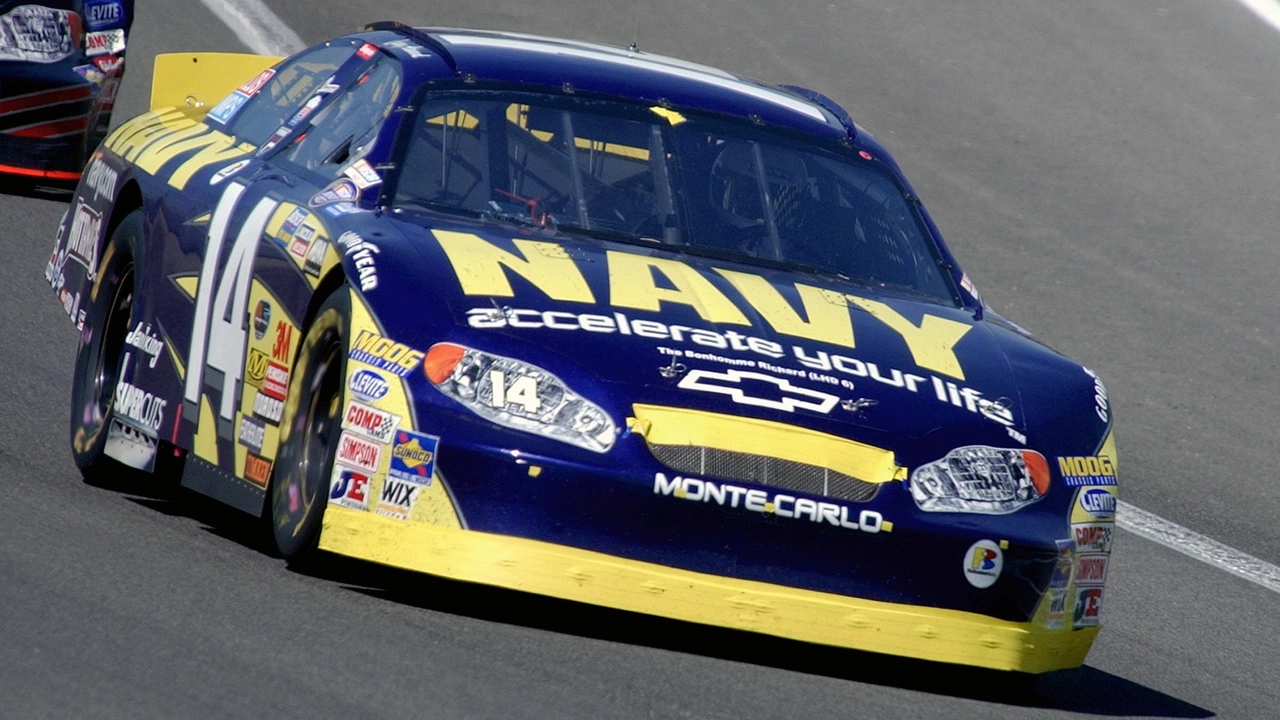Driver's Experience: Real Tips for Everyday Racers
When you sit behind the wheel of a race car, the feeling is a mix of excitement and focus. It’s not just about speed; it’s about how the car talks to you, how your body reacts, and how you stay safe. Below are simple ideas that can make every lap feel better.
Choosing Gear That Fits Your Ride
The right suit, helmet and gloves can change how you handle a car. Look for suits with stretch panels at the elbows and hips – they let you move without feeling tight. Good ventilation stops you from overheating when the track heats up. A helmet with a clear visor and a snug fit protects your head and lets you see clearly. Small upgrades, like a better wrist strap, add comfort without breaking the bank.
Building a Racing Career Step by Step
Most pros start with karting. After you master karting, think about moving to Formula 4, rally or touring cars. Get a racing licence from the national motorsport authority – it’s a must before you can enter official events. Join a local club, race in community events and network with other drivers. Sponsorships often come after you have some results, so keep a record of your best laps and share it on social media.
Fitness matters as much as skill. A driver needs strong core muscles to handle g‑forces and good stamina for long races. Simple routines like planks, cardio and neck exercises keep you ready for the track. Mental sharpness is also key – practice visualization, picture each corner before you hit it, and stay calm when things get crazy.
Safety isn’t optional. Modern race cars have roll cages, fire‑resistant suits and energy‑absorbing seats. Even with all that tech, driver skill is the biggest factor in avoiding accidents. Spend time on the track learning braking points, throttle control and how the car behaves in wet conditions. The more you understand the limits, the fewer surprises you’ll face.
Comfort during a race can affect lap times. If a suit rubs or a helmet feels heavy, you’ll lose focus. Test gear before a big event – wear the suit for a few practice laps and note any hot spots. Small adjustments, like a silicone liner or a different shoe pair, can make a big difference.
When you’re ready for the next step, research the series you want to join. Look at the cost of entry, the level of competition and the tracks you’ll race on. Talk to drivers already in that series – they can give honest feedback on what they wish they’d known earlier. Use that info to plan your budget, find a coach and set realistic goals.
Remember, every driver’s journey is personal. Some focus on sprint races, others on endurance. Keep a log of what works for you, whether it’s a specific tire pressure or a warm‑up routine. Over time you’ll spot patterns that help you improve faster than random trial and error.
Bottom line: good gear, solid training, smart career moves and a safety‑first mindset turn a good driver experience into a great one. Try one tip at a time, track the results, and watch your confidence grow lap after lap.
What is it like to be a race car driver?
Living life in the fast lane definitely doesn't get the appreciation it deserves, folks! Being a race car driver is like playing the world's most adrenaline-charged video game, except it's your life on the line, not some digital avatar - talk about a thrill! The precision, focus, and agility required to maneuver a beastly machine at breathtaking speeds is beyond comprehension for most of us mortals. And the g-force? It's like a giant invisible wrestler giving you a bear hug while you're trying to do your taxes - on a rollercoaster! So next time, when you're stuck in traffic, just imagine what it would be like to swap your seat with a race car driver.



